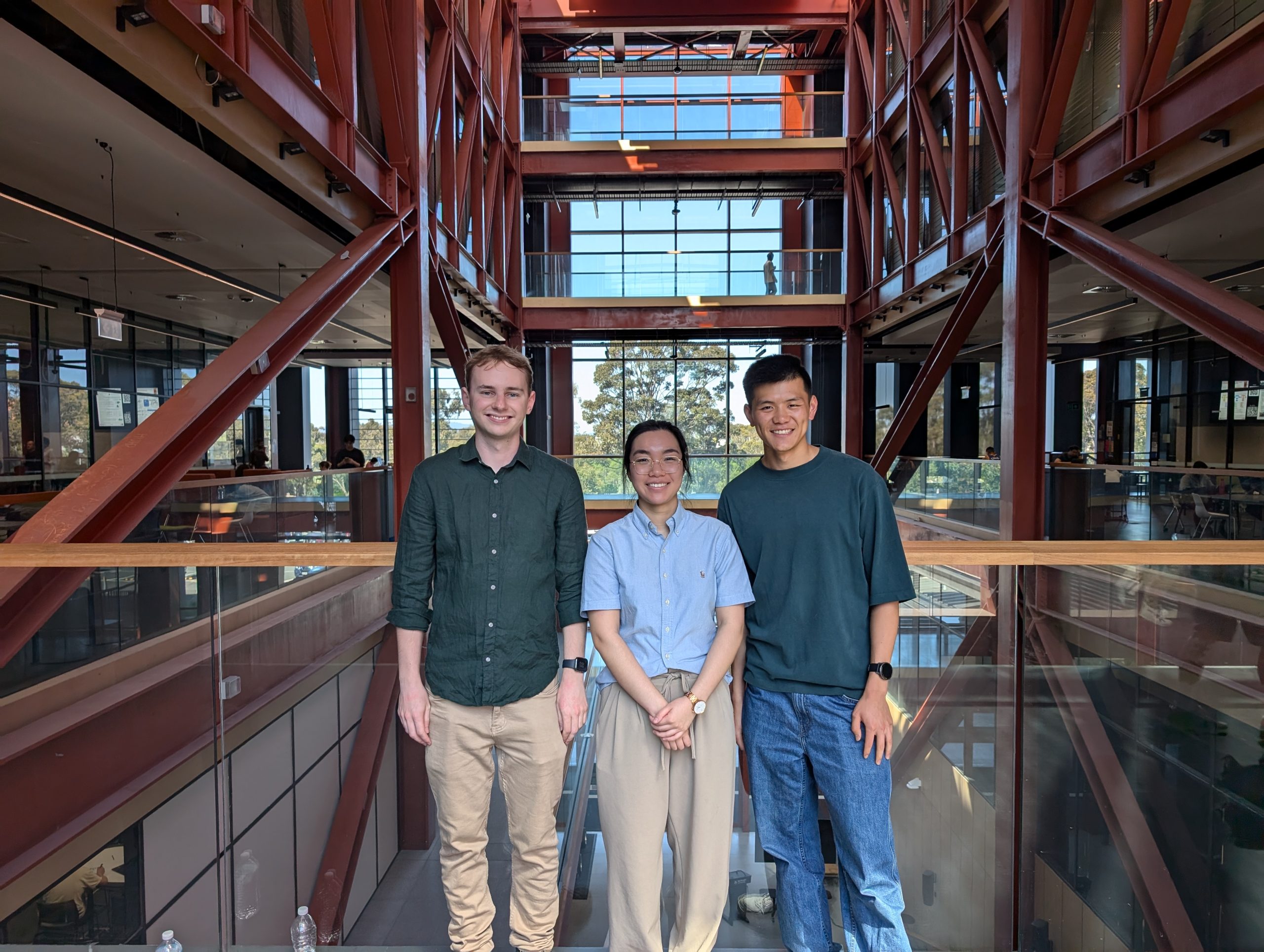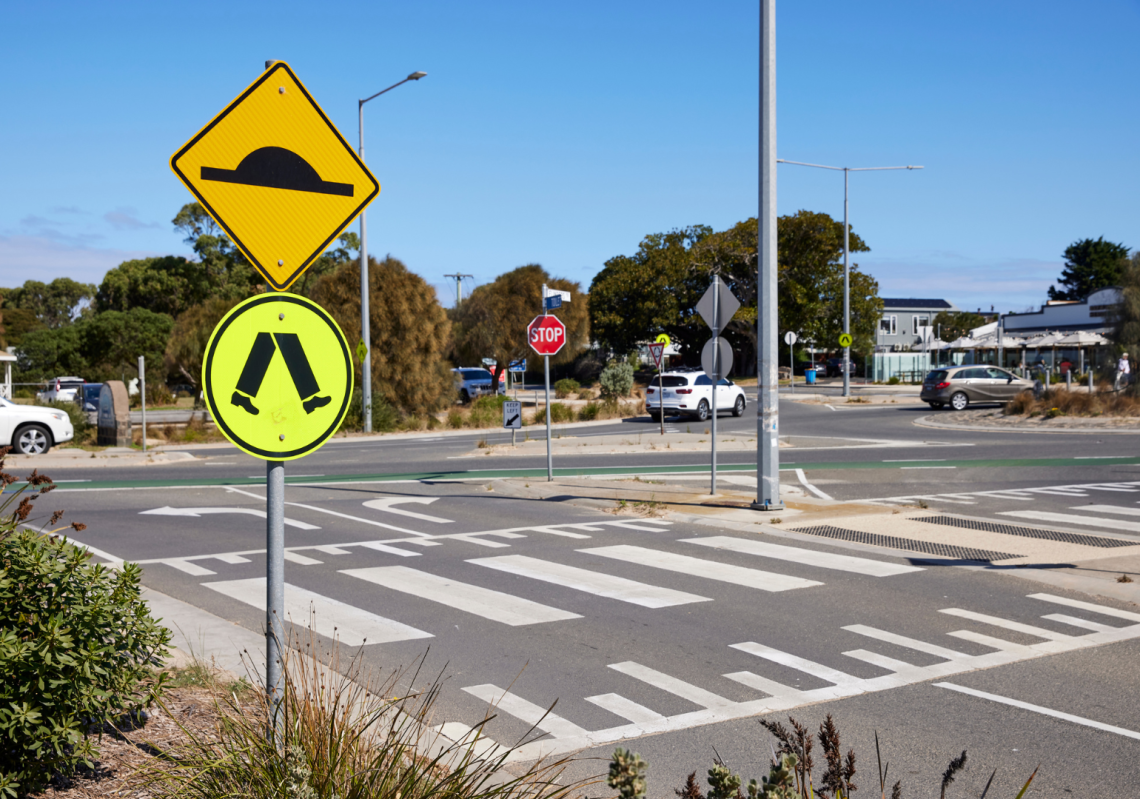The Safe System approach to road safety reshapes how we design and manage transport networks to achieve the goal of zero road deaths and serious injuries. The Transport Accident Commission (TAC) in Victoria is spearheading an industry-led competition to shift from individual responsibility to a shared, system-wide approach, with the help of the next generation of engineers and urban planners.
Safe System design builds in human fallibility instead of accepting the inevitability of human error leading to injuries and deaths. It is a holistic philosophy that encompasses all aspects of the road environment, from safe roads and roadsides, speeds, vehicles and road users. The vision is for zero road deaths and serious injuries by 2050.
The TAC is leading the charge, along with its Road Safety Partners in Victoria, in implementing Safe System principles. Samantha Cockfield, the TAC’s Executive General Manager Road Safety, highlighted the multi-pronged approach to achieving the aspirational goal of halving deaths by 2030.
“We’re actively investing in projects that puts the Safe System into practice across Victoria,” she said.
Key initiatives include addressing high risk intersections.
“We’re replacing traditional crossroads with roundabouts,” Cockfield said. “This simple change reduces collision speeds and eliminates the possibility of right-angle crashes, which often lead to serious injuries or fatalities in high speed environments.”
Roadside barriers are also an effective safety measure.
“Flexible road safety barriers are a game-changer. They’re designed to catch vehicles that leave the road, preventing rollovers and collisions with fixed objects like trees. The data shows they’re incredibly effective at reducing serious injuries and fatalities.”
For example, one program installed safety infrastructure such as flexible barriers, wide centrelines and rumble strips on 20 of Victoria’s highest-risk rural roads. An assessment of severity of injuries sustained in road crashes by TAC clients before and after safety barriers were delivered showed major reductions in severe injury outcomes with 77 per cent fewer fatalities, 94 per cent per cent fewer serious injury claims and 74 per cent fewer hospital bed days occupied.
The TAC is also working with the Australasian New Car Assessment Program (ANCAP) to promote advanced safety features such as autonomous emergency braking, Cockfield said. Another critical safety measure is speed management. Cockfield said revised speed limits could protect drivers. For instance, crashing into a tree at 80 km/h is not survivable.
Speed limits need to be reduced to survivable levels in settings where it is not practical to protect road users with roadside barriers, and similarly in urban settings to protect vulnerable road users.
The impact of Safe Systems
Associate Professor David Logan from the Monash University Accident Research Centre (MUARC) reinforces the need for a “forgiving” road environment.
“The Safe System approach recognises that humans are fallible and will continue to make mistakes,” he said. “Instead of solely focusing on changing driver behaviour, we’re creating a road environment that’s forgiving of road user error.”
The technical theory behind Safe System is based on biomechanics and the limits of human tolerance to physical forces.
“We know that the human body can only absorb certain levels of kinetic energy before serious injury or death occurs. By designing our road systems to keep impact forces below these thresholds, we can significantly reduce the severity of crash outcomes for all road users.”
Since the adoption of the Safe System approach, road fatalities in Victoria have halved over the past two decades, according to TAC data. This is despite a significant increase in the number of vehicles on the road.
The Safe System approach has been adopted by many northern European countries. Countries such as Norway, Sweden, and Finland have implemented 30 km/h speed limits in areas with high pedestrian activity, such as near schools and in town centres. This is considered the threshold at which 90 per cent of pedestrians can survive a collision with a car.
The United Kingdom embraced similar principles in road design. The use of roundabouts at intersections rather than traffic signals is widespread and a prime example of this approach, helping to reduce impact speeds to 50 km/h or below to prevent severe outcomes from side impact crashes.

Engaging the next Generation
To engage future road safety experts, the TAC Future Road Competition was launched last year in which engineering students compete for prizes up to $10,000 for applying Safe System principles to real-world projects.
“We’re incredibly excited about this competition,” Cockfield said. “It’s a chance for fresh minds to tackle some of our most pressing road safety challenges. We’re looking for innovative solutions that push the boundaries of what’s possible within the Safe System framework.”
The winning team will have the opportunity to discuss their ideas with real-world project teams.
“This is about bridging the gap between theory and practice.”
To support this initiative, the TAC, in partnership with Safer Roads Victoria and Adelaide University’s Centre for Automotive Safety Research (CASR), has developed curriculum resources and materials available free of charge to universities. Known as the Safe System for Universities program, these resources are designed to be integrated into existing engineering courses.
Logan said the Safe System philosophy creates a road system that protects all users.
“Whether you’re a driver, cyclist or pedestrian, the Safe System approach aims to ensure that a simple mistake doesn’t cost you your life,” he said. “That’s the power of this approach, and that’s why it’s so crucial to our zero-trauma goal.”





Key initiatives include addressing high risk intersections.
“We’re replacing traditional crossroads with roundabouts,” Cockfield said. “This simple change reduces collision speeds and eliminates the possibility of right-angle crashes, which often lead to serious injuries or fatalities in high speed environments.
Question: Does the presence of the roundabouts increase the level of congestion in the peak-periods where the traffic volume is high? If the answer is “Yes”, then what is the solution? Thank you